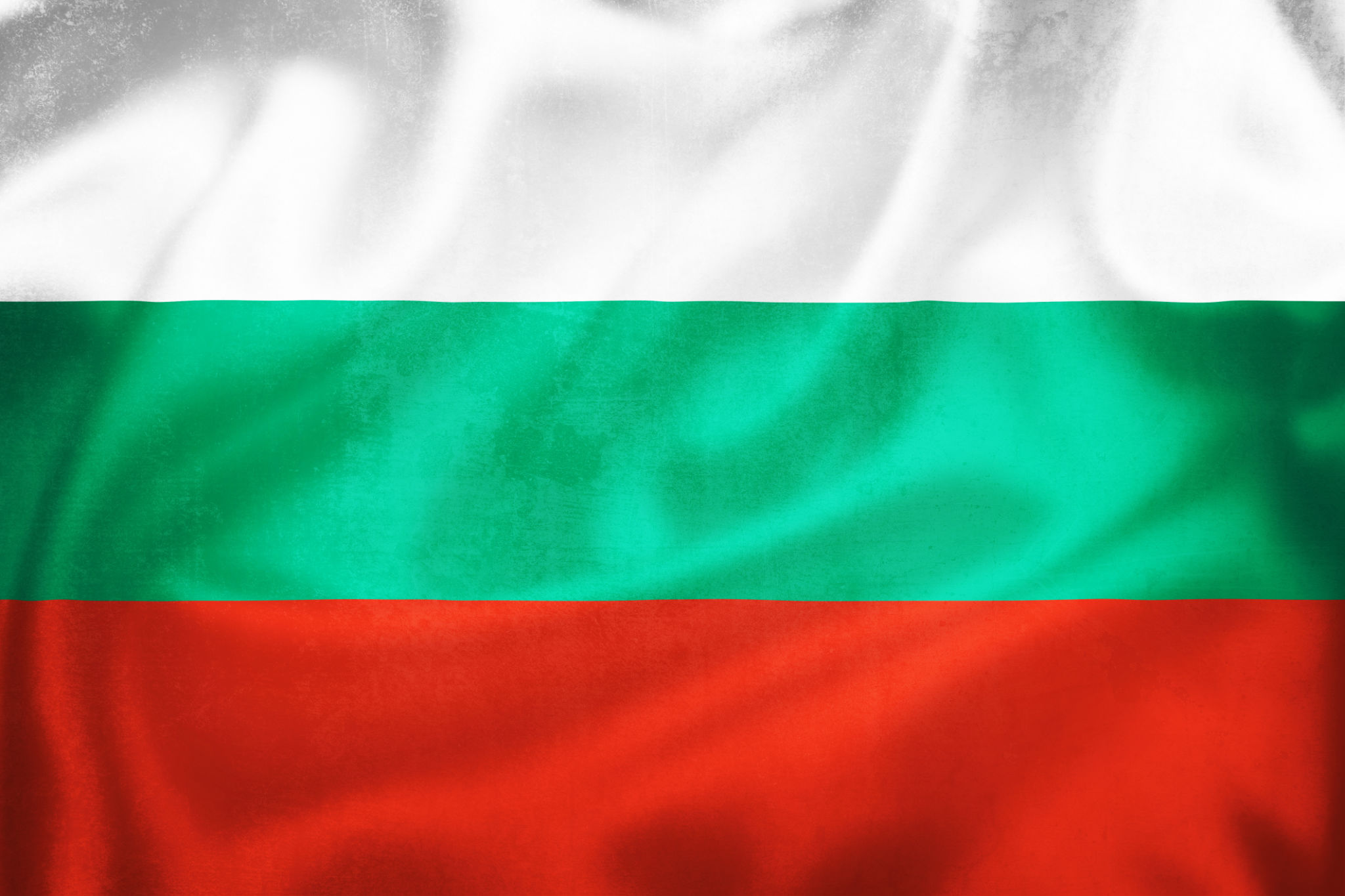Exploring the Differences Between Bulgarian and Croatian Translations
Introduction to Bulgarian and Croatian Languages
Both Bulgarian and Croatian belong to the family of Slavic languages, but they are distinct in many ways. Understanding these differences is crucial for accurate translation and effective communication. Whether you're a linguist, a business professional, or simply someone interested in languages, this exploration will provide valuable insights.

Linguistic Roots and Influences
Bulgarian is part of the South Slavic language group, sharing similarities with languages such as Serbian and Macedonian. Its development has been significantly influenced by Greek, Turkish, and Russian due to historical interactions and geographical proximity. On the other hand, Croatian is also a South Slavic language but has been shaped by Latin, Italian, and Hungarian influences, reflecting the diverse cultural history of the region.
Alphabet and Script
A major difference between Bulgarian and Croatian translations lies in the alphabet used. Bulgarian uses the Cyrillic script, which comprises 30 letters and has its roots in the Glagolitic alphabet. This script presents unique challenges for translators, particularly in maintaining accurate phonetic representation. Conversely, Croatian uses the Latin alphabet, making it more accessible to those familiar with Western European languages.

Grammar and Syntax
Both languages share some grammatical structures typical of Slavic languages, such as cases and genders. However, there are notable differences. Bulgarian is unique among Slavic languages for its simplified case system, having largely replaced noun cases with prepositions. In contrast, Croatian retains a more complex system with seven cases, which can pose challenges during translation.
Verb Conjugation and Tenses
Another area where these languages diverge significantly is verb conjugation and tenses. Bulgarian is known for its rich verbal system with a variety of tenses and moods that provide nuanced meanings. Translators need to pay close attention to these nuances to convey the correct message. Croatian's verb system is complex as well but follows different rules that are less reliant on aspect than Bulgarian.

Cultural Context and Usage
Cultural context plays a vital role in translation. Bulgarian culture has been shaped by Orthodox Christian traditions, which are reflected in its language. Meanwhile, Croatian culture has been influenced by both Catholicism and its historical ties to Western Europe. These cultural differences can affect the tone and formalities used in both languages, making it essential for translators to understand cultural subtleties.
Common Translation Challenges
When translating between Bulgarian and Croatian, some common challenges include idiomatic expressions that do not have direct equivalents, differences in formality levels, and regional dialects that may vary within each country. Translators often need to adapt content creatively to preserve its original intent while ensuring it resonates with the target audience.

Conclusion
Exploring the differences between Bulgarian and Croatian translations reveals the complexity and beauty of these languages. Whether for personal interest or professional necessity, understanding these distinctions can enhance communication and foster deeper connections across cultures. Embracing these differences not only enriches our knowledge but also opens up new avenues for cross-cultural engagement.